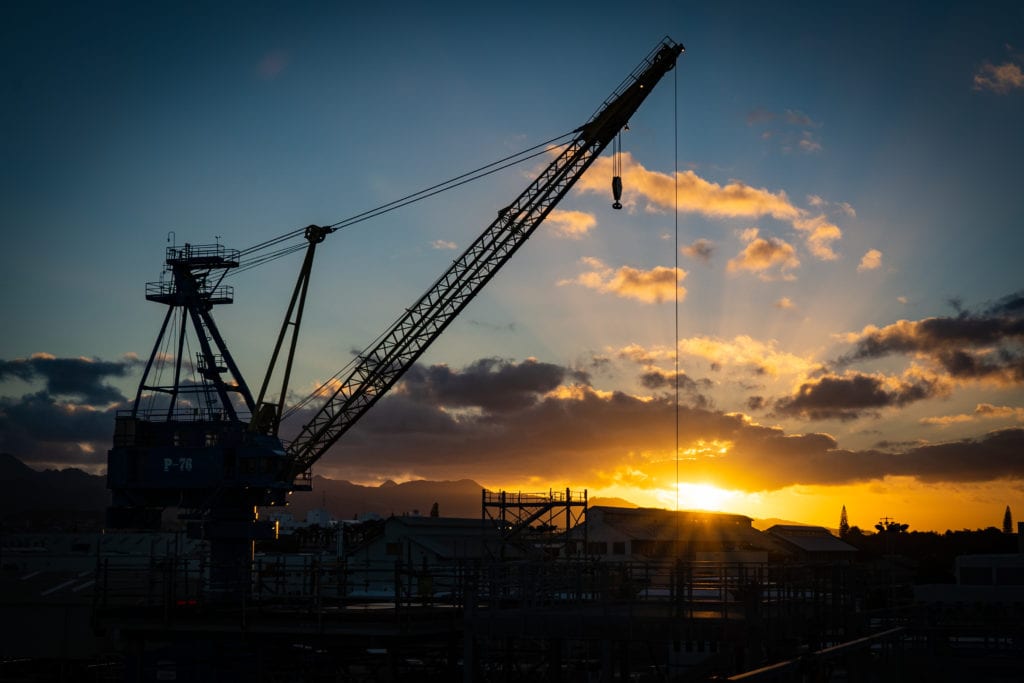
WASHINGTON — The Navy’s expansion to a larger fleet is hampered not only by the flat topline of the fiscal 2022 budget but also inflation in the costs and complexity of shipbuilding, a senior Navy admiral said.
As the Navy works to tailor its battle fleet to meet the challenges of the era of great power competition and divest some platforms that are aging out or needed less in terms of priorities, it also faces costs exceeding inflation that put pressure on the shipbuilding budget.
While the U.S. Navy proposes retirement of 15 battle force ships in fiscal 2022, it proposes to fund only eight battle force ships in that year, a setback in terms of growing the fleet to a congressionally mandated level of 355 ships.
“What we’ve seen over the last 10 or 11 years is essentially a flat budget, said Vice Adm. Randy Crites, deputy chief of naval operations for Integration of Capabilities and Resources, testifying July 21 during a hearing of the defense subcommittee of the Senate Appropriations Committee. “We have not kept pace with inflation. Back in 2010 we had about 280 battle force ships. We declined as we went through sequestration down to 271 and we built our way out of that up to about 297 today. That occurred as a result of a number of reform efforts and divestitures that we did inside the service.
“That challenge that we’re facing now is that the good ideas, the [divestiture of] things that we don’t need to bring to the future fight, we’re starting to run out of that,” Crites said. “So, we’re challenged as we see labor costs far exceeding inflation; the cost and complexity of the work we’re trying to do; and materials we’re trying to buy all outpacing inflation. Yet we need to balance within the program that we have.”
Crites said the Navy’s current priorities have not changed.
“The No.1 priority is to bring in Columbia [ballistic-missile submarine. No. 2 is to ensure that we have a ready force; No. 3 is to make sure that we’re bringing the capabilities that we need; and No. 4 has been capacity that we can afford,” he said.
- SECNAV Advocates Increased Legal Immigration to Increase Shipbuilder Workforce - April 23, 2024
- Insitu Going Strong at 30, Focusing on Maritime Operations - April 8, 2024
- Navy Awards Boeing Additional Funds for MQ-25 Drones for Testing - April 3, 2024






